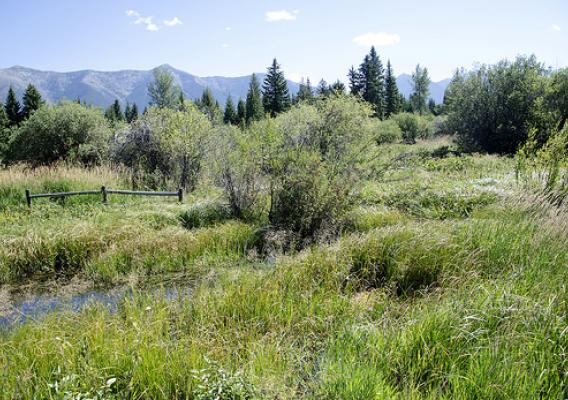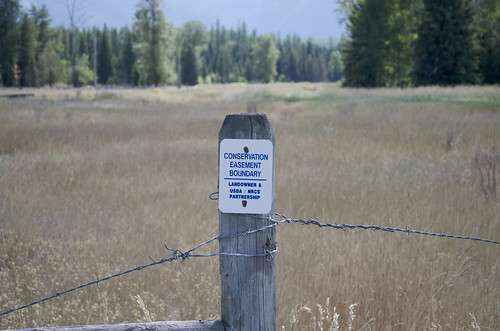Rural Americans have always had a strong connection to the land. Since 2009 alone, more than 500,000 farmers, ranchers and rural land owners across the country have embarked on record conservation projects with USDA as a partner. This week, USDA built on those efforts by announcing two new conservation programs that provide producers with even stronger tools to protect land and water resources across rural America.
The Agricultural Conservation Easement Program (ACEP) and the Voluntary Public Access and Habitat Incentive Program (VPA-HIP) were both established under the 2014 Farm Bill. ACEP, which streamlines several existing USDA easement programs, makes available $366 million per year to a variety of public and private partners for conservation easements. The easements provided through ACEP help ensure the long-term viability of our food supply by preventing conversion of productive lands to non-agricultural use, while simultaneously protecting critical wetland resources.










